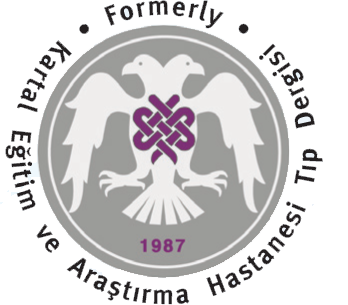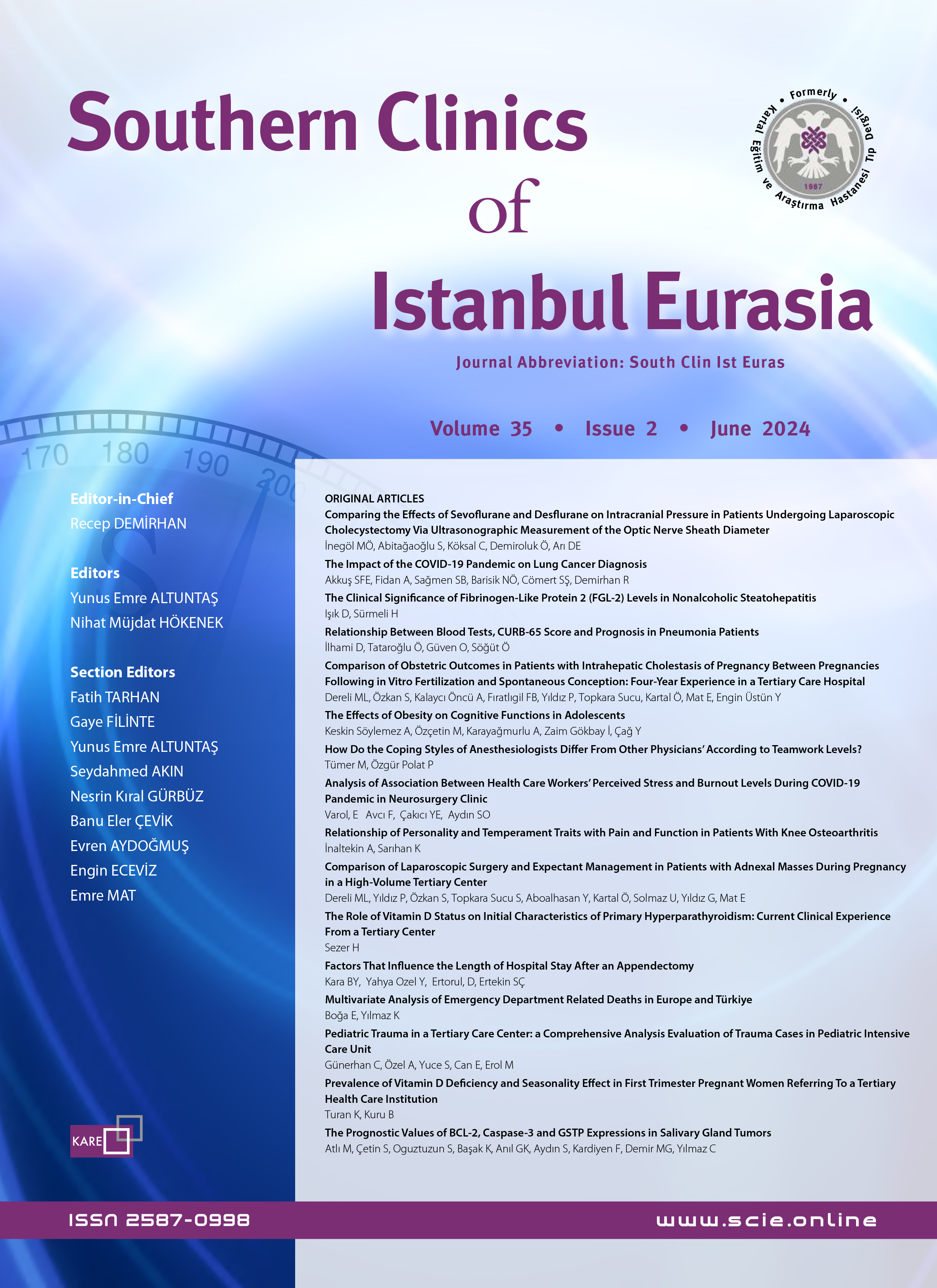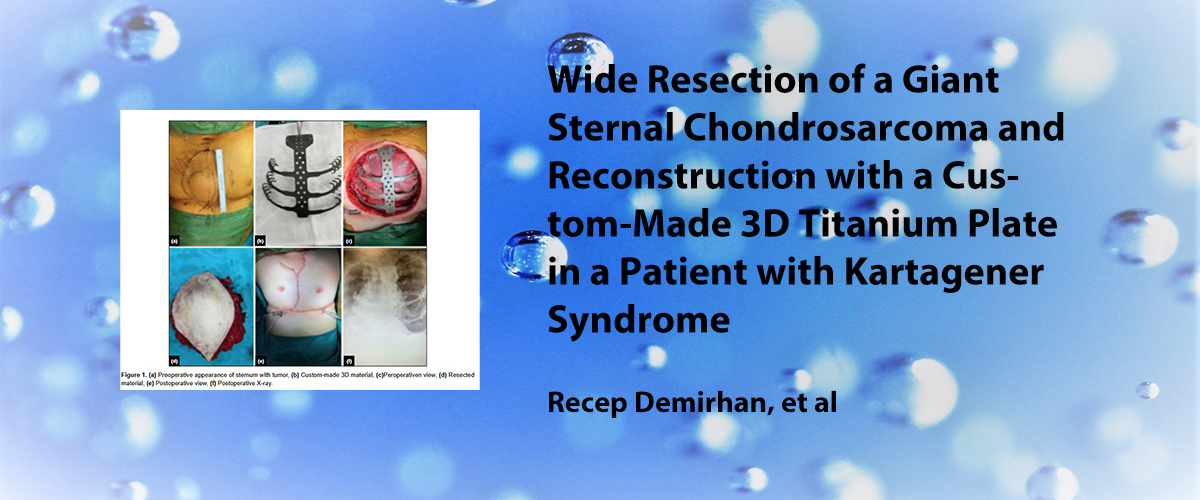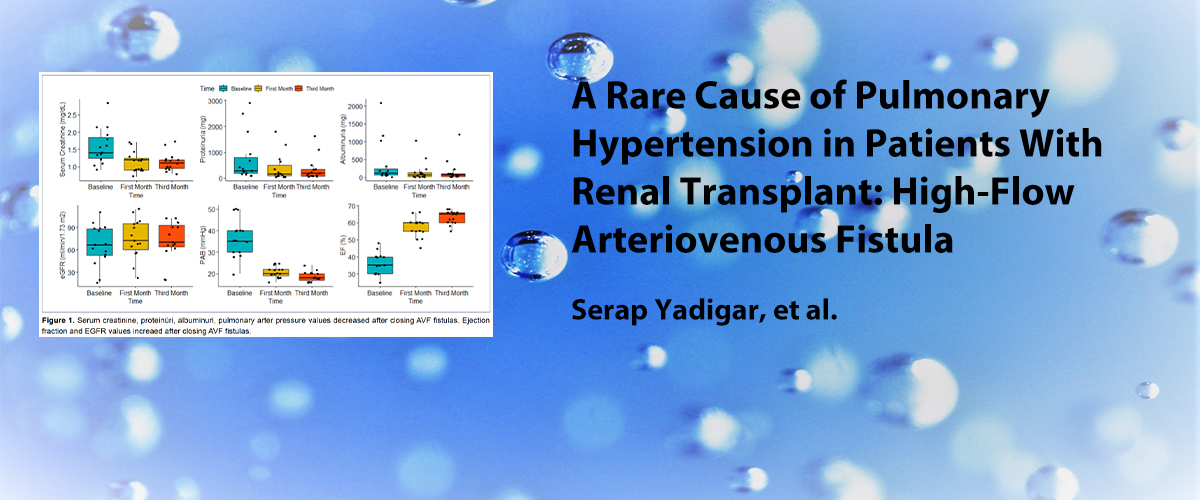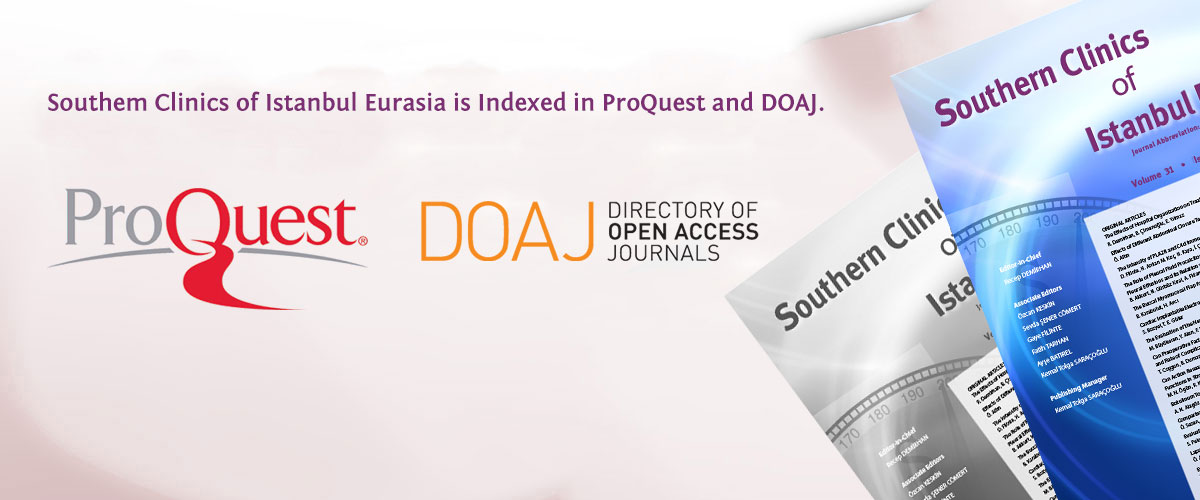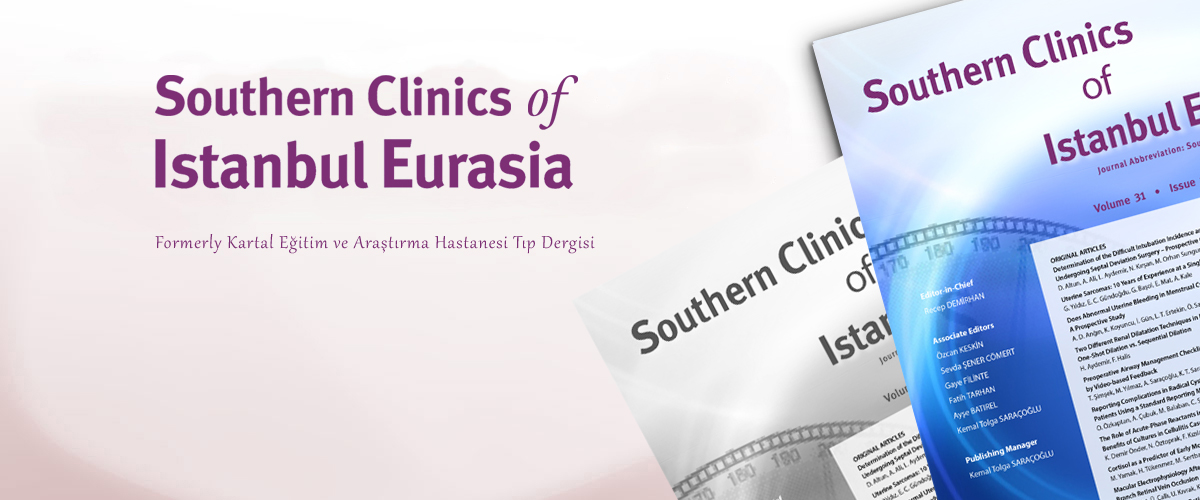ISSN : 2587-0998
Beyin Kavernomlarında Stereotaktik Radyocerrahi: Tek Merkez Deneyimi
Gökhan Yaprak1, Alaattin Özen2, Harun Demir1, Fuzuli Tuğrul3, Şule Karabulut Gül1, Naciye Işık11Kartal Dr. Lütfi Kırdar Eğitim ve Araştırma Hastanesi, Sağlık Bilimleri Üniversitesi, Radyasyon Onkolojisi Anabilim Dalı, İstanbul, Türkiye2Eskişehir Osmangazi Üniversitesi Tıp Fakültesi, Eskişehir, Radyasyon Onkolojisi Anabilim Dalı, Türkiye
3Eskişehir Şehir Hastanesi Radyasyon Onkolojisi Anabilim Dalı, Eskişehir, Türkiye
GİRİŞ ve AMAÇ: In this study, we aimed to present our treatment results involving patients with intracranial cavernomas who were treated with stereotactic radiosurgery (SRS) by using a CyberKnife®.
YÖNTEM ve GEREÇLER: Between April 2010 and December 2017, data from 19 patients treated with SRS in our clinic with the diagnosis of cavernomas were retrospectively evaluated.
BULGULAR: The median follow-up time was 82 months (range: 9100 months). SRS was performed in the median 1 fraction (range: 13); according to the lesion size, the prescription dose ranged from 12 to 21 Gy (median: 15 Gy). During the post-SRS follow-up period, 6 out of the 10 patients with a headache had a complete response, 3 patients had a partial response, and 1 patient had no response. Further, 3 out of the 4 patients with a seizure had a partial response and 1 patient had a stable response in seizure frequency. Furthermore, 1 out of the 2 patients with a vision problem had a complete response and 1 had no change. Also, 1 out of the 3 patients with hemiparesthesia had a complete response and 2 had no change. Radiological evaluations in the post-SRS follow-up period revealed a complete response in 4 patients, partial response in 3 patients, stable disease in 9 patients, and progression in 3 patients. Rebleeding was detected in 1 (5.3%) out of 3 progressive patients at the 17th month, and radiation-induced radionecrosis was detected in the other 2 patients at the 9th and 11th months. There were no procedure-related complications resulting in mortality.
TARTIŞMA ve SONUÇ: In cavernoma patients with a high risk for surgical intervention and/or patients with high risk for bleeding, SRS is an effective and alternative treatment to surgery.
Stereotactic Radiosurgery in Brain Cavernomas: Single-Center Experience
Gökhan Yaprak1, Alaattin Özen2, Harun Demir1, Fuzuli Tuğrul3, Şule Karabulut Gül1, Naciye Işık11Department of Radiation Oncology, University of Health Sciences, Kartal Dr. Lütfi Kırdar Training and Research Hospital, İstanbul, Turkey2Department of Radiation Oncology, Eskişehir Osmangazi University Faculty of Medicine, Eskişehir, Turkey
3Department of Radiation Oncology, Eskişehir City Hospital, Eskişehir, Turkey
INTRODUCTION: In this study, we aimed to present our treatment results of patients with intracranial Cavernoma who treated with Stereotactic Radiosurgery (SRS) by using CyberKnife
METHODS: Between April 2010 and December 2017, the data of 19 patients treated with SRS in our clinic with the diagnosis of Cavernoma were evaluated retrospectively.
RESULTS: The median follow-up time was 82 (range; 9-100 months) months. SRS was performed in median one fraction (range, 1-3) and according to the size of the lesion the prescription dose was ranged from 12 to 21 Gy (median, 15 Gy). During the post-SRS follow-up period, 6 of the 10 patients with headache had a complete response, 3 patients had a partial response and 1 patient had no response. 3 of the 4 patients with seizure had a partial response and 1 patient had a stable response in seizure frequency. 1 of the 2 patients with vision problem had a complete response and 1 had no change. 1 of the 3 patients with hemi paresthesia had a complete response and 2 had no change. Radiological evaluations in post-SRS follow-up revealed complete response in 4 patients, partial response in 3 patients, stable disease in 9 patients, and progression in 3 patients. Rebleeding was detected in 1 (5.3%) of 3 progressive patients at 17th months and radiation-induced radionecrosis was detected in other 2 patients at 9th and 11th months. There were no procedure-related complications resulting in mortality.
DISCUSSION AND CONCLUSION: In cavernoma patients with high risk for surgical intervention and/or especially in patients with high risk for bleeding, SRS is an effective and alternative treatment to surgery.
Makale Dili: İngilizce

